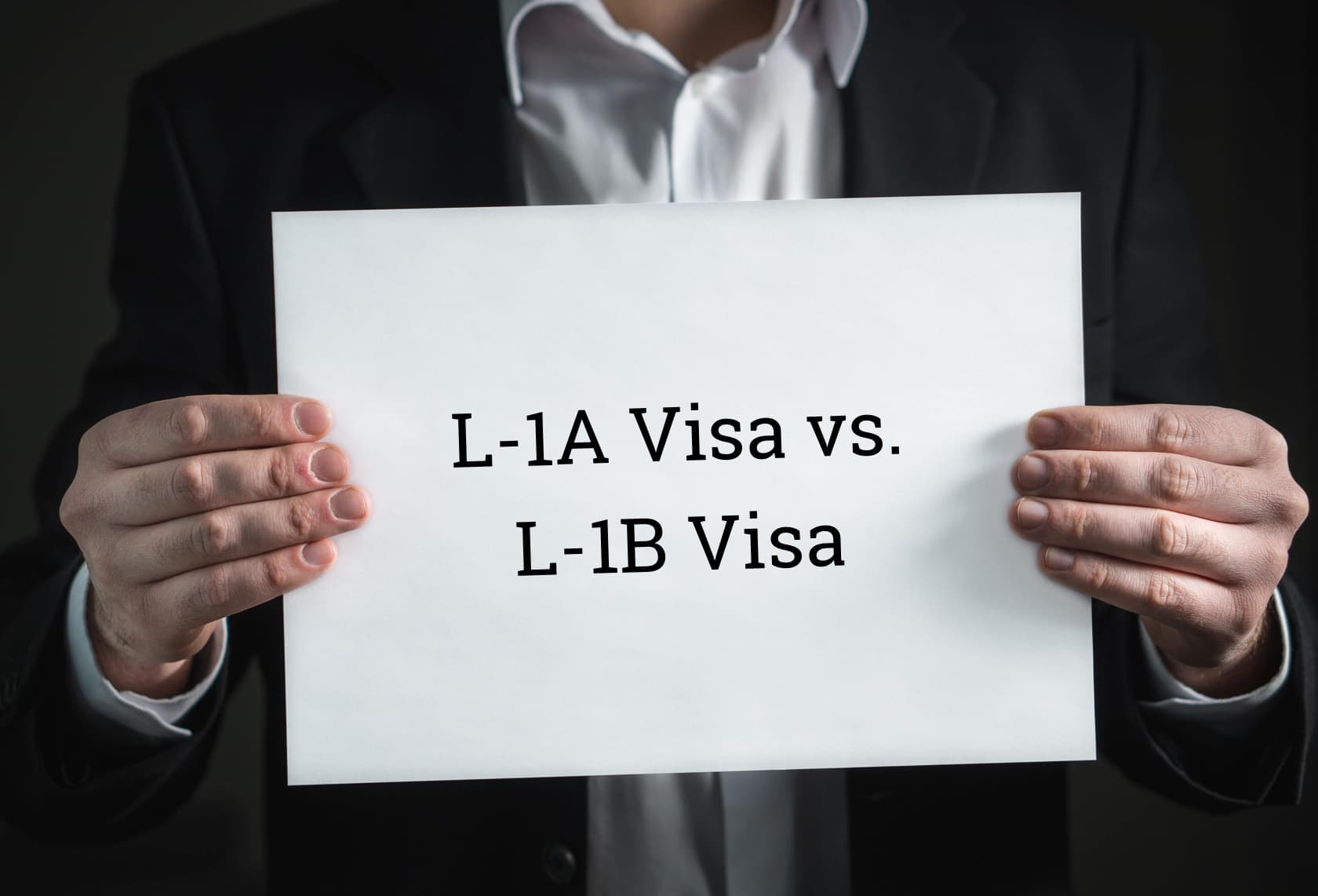
L-1A vs. L-1B Visa
This post will serve to highlight a few key differences between the two types of L-1 visas from a functional and strategic planning point of view.
Since the specific definition and requirements of the L-1A visa and L-1B visa have been discussed in previous posts, we will start with a brief overview of each option as a reference.
Broadly speaking, the L-1 is a nonimmigrant visa option for employees of companies located abroad. This “intracompany transferee” option is available to individuals who have been employed by a “qualifying foreign company” for at least one year within the previous three years prior to being admitted to the U.S. A “qualifying relationship” between a foreign employer and petitioning U.S. employer means one is a branch, subsidiary, or affiliate of the other.
The L-1A visa is intended for individuals who have been employed in an “Executive” or “Managerial” role for their one year of qualifying employment. Executives establish policies and goals, manage the organization or a major function or component, have discretionary decision-making ability, and only receive general supervision or direction from higher level executives. Managers are generally regarded as employees who supervise and control the work and labor of other employees and/or manage a key component or division of an organization.
The L-1B visa is for “specialized knowledge employees”. Specialized knowledge in the L-1B visa context refers to “special knowledge” of the company’s “product, service, research, equipment, techniques, management or other interests and its application in international markets”, or has an “advanced level of knowledge or expertise” in the organization’s processes and procedures.
Aside from the specific nature of qualifying employment, there are two key differences to keep in mind when evaluating whether an L-1A or L-1B is most appropriate for your situation.
The first is the maximum period of validity for each option. The L-1A is initially granted for a period of 3 years (1 year for a ‘new-office L-1’). Renewals thereafter can be granted in 2-year increments for a total period of 7 years. The L-1B on the other hand, while also initially granted for a 3-year period, can only be extended for up to 5 years.
The second key difference is an especially important consideration for those looking to live and work in the U.S. on a more permanent basis. The L-1A provides a clearer path to a green card through the EB-1C category for “multinational executives and managers”. Due to the fact that the L-1 visa, like the H-1B visa, is a “dual intent” visa status, an individual can enter the country to work on an L-1A and have the possibility to later apply for an EB-1 as a multinational executive and managerial level professional.
The key difference between the L-1A and L-1B, is that the EB-1C option is typically only available to individuals who qualified for the L-1A status, not the L-1B. One major advantage to the EB-1C category is that unlike many other employment-based green card categories, the approval of a PERM Labor Certification application with the Department of Labor is not required.
Transitioning from the L-1B to an employment-based green card is certainly possible, but usually only through the second or third preference categories, both of which require an approved PERM.